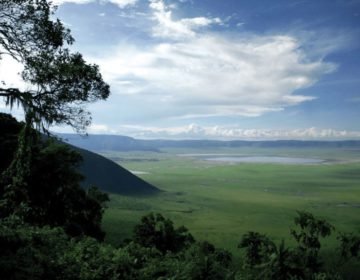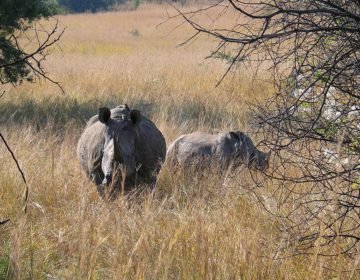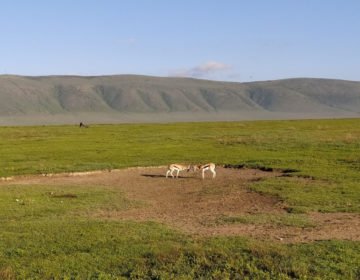The Ngorongoro Crater – the name has an almost mystical ring to it, conjuring images of a giant wildlife-filled volcanic caldera, where the big five and many other animals roam. But there’s even more – the Ngorongoro Conservation Area also encompasses mountains, lakes, forests and wide-open African plains! With the world-famous crater at its hart, the Ngorongoro Conservation Area covers an area of 8300 sq km. This African wildlife area was previously part of the Serengeti National Park, but due to the grazing needs of the animals of the local Masai, the area was reclassified as an African wildlife conservation area in Tanzania.
The Ngorongoro Conservation Area as a whole has much to offer but the jewel in its crown is, without a doubt, the eponymous crater – an area of 265 sq km, which is 610 meters deep and 19 km across. The rim of the crater is an astounding 2286 meters above sea level. The floor contains a small soda lake, called Lake Magadi and it is estimated that 30 000 animals are living in the crater, making it the most intensive safari game viewing area on earth! It was therefore very fittingly declared a World Heritage Site in 1978. A visit to Tanzania is simply incomplete without a safari visit to the park.





